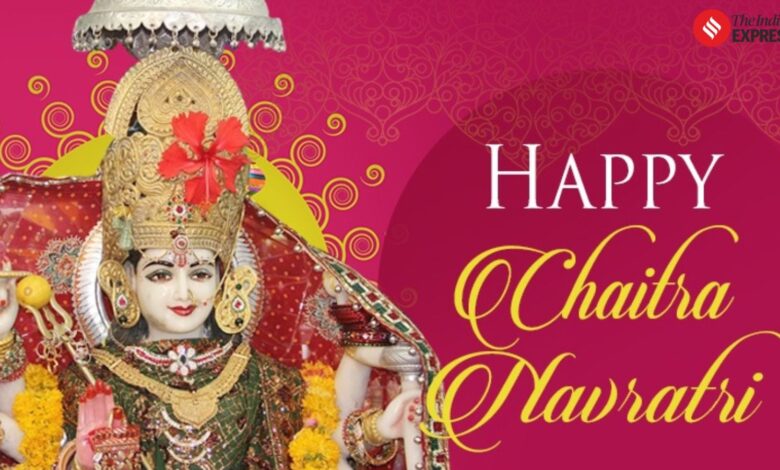Hory, Importance & Significance of March Navratri Festival in India

Chaitra Navratri 2025 Date: Chaitra Navratri is an auspicious Hindu festival celebrated over nine days, worshipping and honouring nine dinctive forms of Goddess Durga. This festival is also referred to as Ram Navratri since it concludes with the celebration of Lord Rama’s birthday, known as Ram Navami.
It is observed during Shukla Paksha, the Full Moon phase of the Hindu month of Chaitra, which falls between late March and April in the Gregorian calendar; this year, it will commence on Sunday, March 30, 2025, and will conclude on Monday, April 7. Coincidentally, this year, Chaitra Navratri is aligning with Ugadi and Gudi Padwa, both of which will also be celebrated on Sunday, March 30, 2025.
Chaitra Navratri 2025: Date and Timings
This year, Chaitra Navratri will commence on Sunday, March 30, 2025, with Chaitra Ghatasthapana, which is set to happen on the same day. The auspicious time (Muhurta) for performing Ghatasthapana will begin at 6:13 AM and end at 10:22 AM and Abhijit Muhurta for Ghatasthapana is from 12:01 PM to 12:50 PM. For this year, Pratipada starts on March 29, 2025, at 4:27 PM and concludes on March 30, 2025, at 12:49 PM.
Story continues below this ad
Enled is a tabular form for the full 9-day calendar for Chaitra Navratri for the year, 2025:
Chaitra Navratri 2025: Significance and Puja Rituals
According to Hindu mythology, Lord Rama, Lord Vishnu’s seventh incarnation, was born on the ninth day of Chaitra Navratri and is dedicated to the nine forms of Goddess Shakti, with each day honouring a different goddess.
Navratri 2025: Navratri epitomises the feminine power or Shakti with the combined powers of Brahma (the creator), Vishnu (the preserver) and Shiva (the destroyer). (Photo: Pixabay)
Enled below is the l essential for puja:
Clay pot
Clean soil
Seeds of seven different grains
A clay/brass pitcher
Gangajal
Sacred thread
Betel nuts
Some coins
Five leaves of Ashoka or mango tree
Raw rice
Unpeeled coconut
Flowers
Durva grass
Red cloth
Lid to cover clay pot
The festival represents righteousness and the power of good over evil, instilling moral ideals such as bravery and virtue. People fast for the nine days, or on the first two or last two days, with some fasting for the entire nine days.






